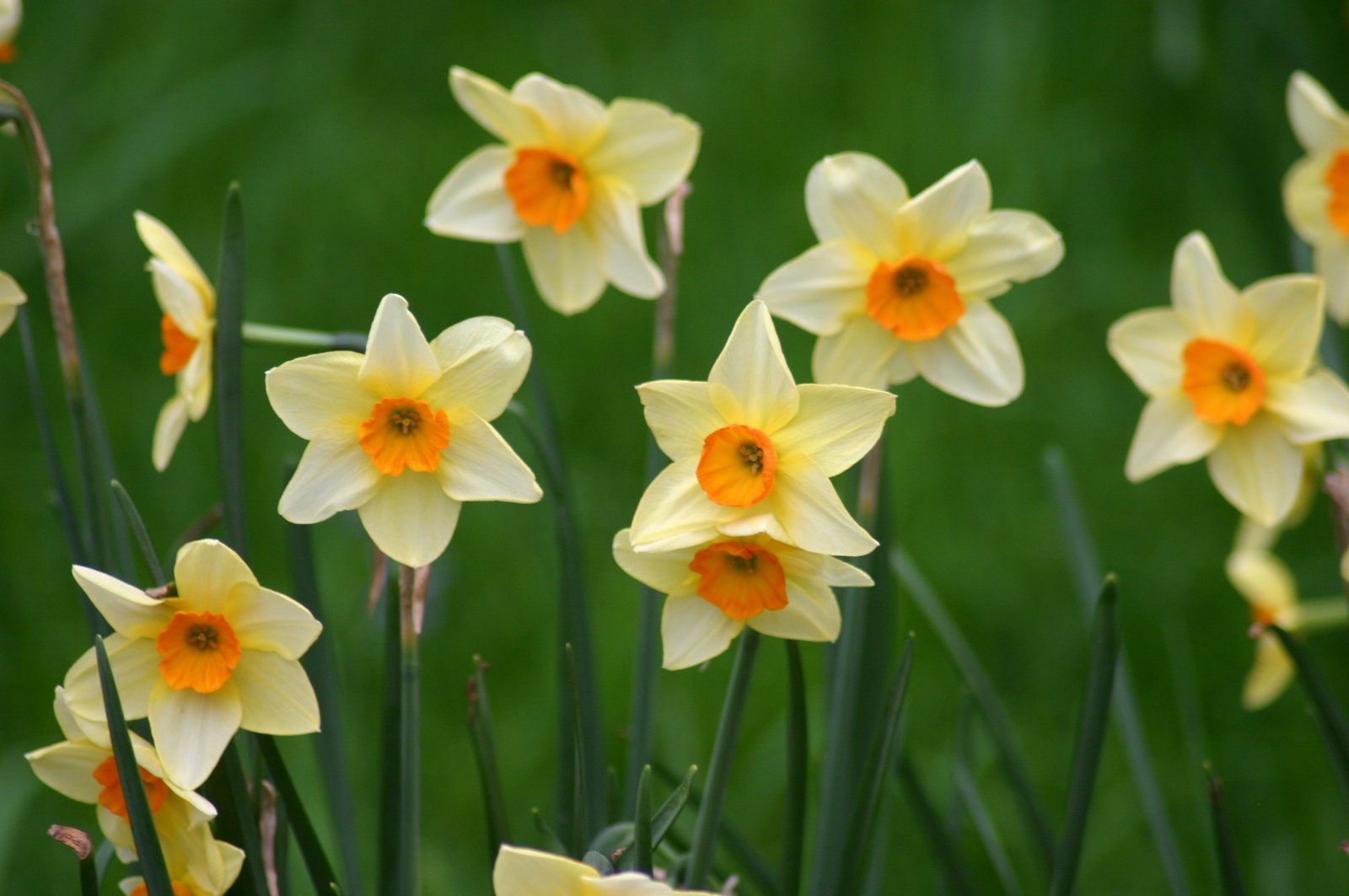On April 19, we mark an act of extraordinary courage
Life and Death in the Ghetto
The Warsaw Ghetto, established in 1940, became the largest of its kind. Over 400,000 Jews lived there in inhumane conditions. Hunger and disease killed tens of thousands. On July 22, 1942, the Nazis began mass deportations to the Treblinka death camp. Nearly 300,000 Jews from Warsaw were murdered. By autumn, only a fraction remained—young, able-bodied individuals, mostly without families, forced to work in German-run workshops. With little left to lose, they began planning resistance.
The Uprising Begins
On April 19, 1943—the eve of Passover—about 750 fighters from the Jewish Combat Organization (ZOB) and the Jewish Military Union (ZZW) took up arms against over a thousand heavily armed German troops. They knew they couldn’t win. But they chose to fight, to assert their dignity, and to control the manner of their death.
Civilians Who Resisted in Silence
While the fighters are rightly honored, the courage of civilians deserves recognition too. In April 1943, 45,000 to 50,000 Jews still lived in the ghetto. Most were civilians. They resisted by hiding in underground bunkers, refusing deportation, and surviving for weeks under extreme conditions. Their resistance was quiet but powerful. In choosing life and hope, they defied the Nazis.
The Ghetto Is Destroyed
German forces set fire to buildings, used smoke and explosives to destroy bunkers, and hunted down Jews block by block. The ghetto became rubble. Around 56,000 people were captured or killed. Thousands died in Treblinka or under the ruins. A few dozen fighters escaped through the sewers. Many later died in other battles or during the 1944 Warsaw Uprising.
But Memory Endures
The uprising officially ended on May 16, 1943, when the Germans destroyed the Great Synagogue on Tłomackie Street. They declared, “The Jewish residential district in Warsaw no longer exists.”
Yet, memory survives. The yellow daffodil has become a symbol of remembrance. Marek Edelman, the last surviving ZOB leader, would place daffodils at the Monument to the Ghetto Heroes each year. Others joined him. The flower became a shared sign of memory, resilience, and tribute.
Join Us in Remembrance
As we mark this anniversary, we honor both the fighters and the civilians who showed immense courage.
Watch our film “Muranów: The Northern District” — an evocative documentary that brings these histories to light.
Photograph by Ryan Somma, titled “Narcissus Suzy”, used under CC BY 2.0.
Source: https://pl.wikipedia.org/wiki/Plik:Narcissus_Suzy_(6086958194).jpg
License: https://creativecommons.org/licenses/by/2.0/
